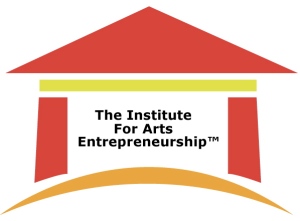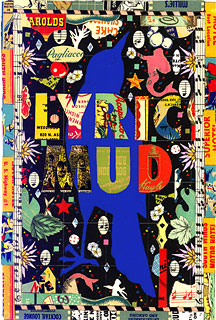“Don’t worry if you don’t hear the audience laughing during dress rehearsal. They’re old. They’re smiling as loudly as they can.”
-Tim Frawley,Theatre Director, Libertyville High School
The high school I attended had an ongoing tradition of inviting elderly citizens from the community to come see dress rehearsals so that they didn’t have to pay full price for tickets on performance nights. The laughter and applause of an elderly audience was never as loud or as enthusiastic as an audience full of our families and peers, but at least the house was full. As students and as artists, it was very easy to feel doubtful. Here we were in dress rehearsal on the verge of a production that we’d worked very hard on in front of an audience and the first time. We were projecting ourselves out into a darkened auditorium and hoping for some kind of response. We had no way of knowing whether all our hard work resulted in something we could be proud of unless we could hear the audience laugh at the jokes. And sometimes we didn’t even get that satisfaction.
In such unforgiving economic times it is easy to feel that dress-rehearsal doubt. We cross our fingers and tell ourselves to “break a leg” because we don’t even want to risk frightening away good luck. When we take risks, whether as an artist or as an entrepreneur, we put ourselves out on stage under bright lights staring out into a vast darkened empty space with no way of knowing whether anyone is watching. We have no way of knowing whether we are succeeding or failing except by the responses that we get from other people. And like in theatre, sometimes that response never comes.
If we’re wise, we carry on even in the face of apparent apathy. At times like this, when the auditorium in which we perform seems to be dark and empty and vast we may not be able to see our audience but we need to remember they are there. The audience is seeing us because we are there to be seen. And they are smiling as loudly as they can.


 Vision Seeking. What a romantic coupling of words. For me, it brings to my mind the mythic vision quest, where a hero strikes out with the express intent to have adventure, to experience new stimuli and to find inspiration.
Vision Seeking. What a romantic coupling of words. For me, it brings to my mind the mythic vision quest, where a hero strikes out with the express intent to have adventure, to experience new stimuli and to find inspiration.











